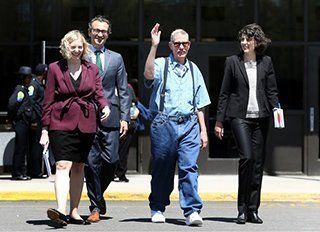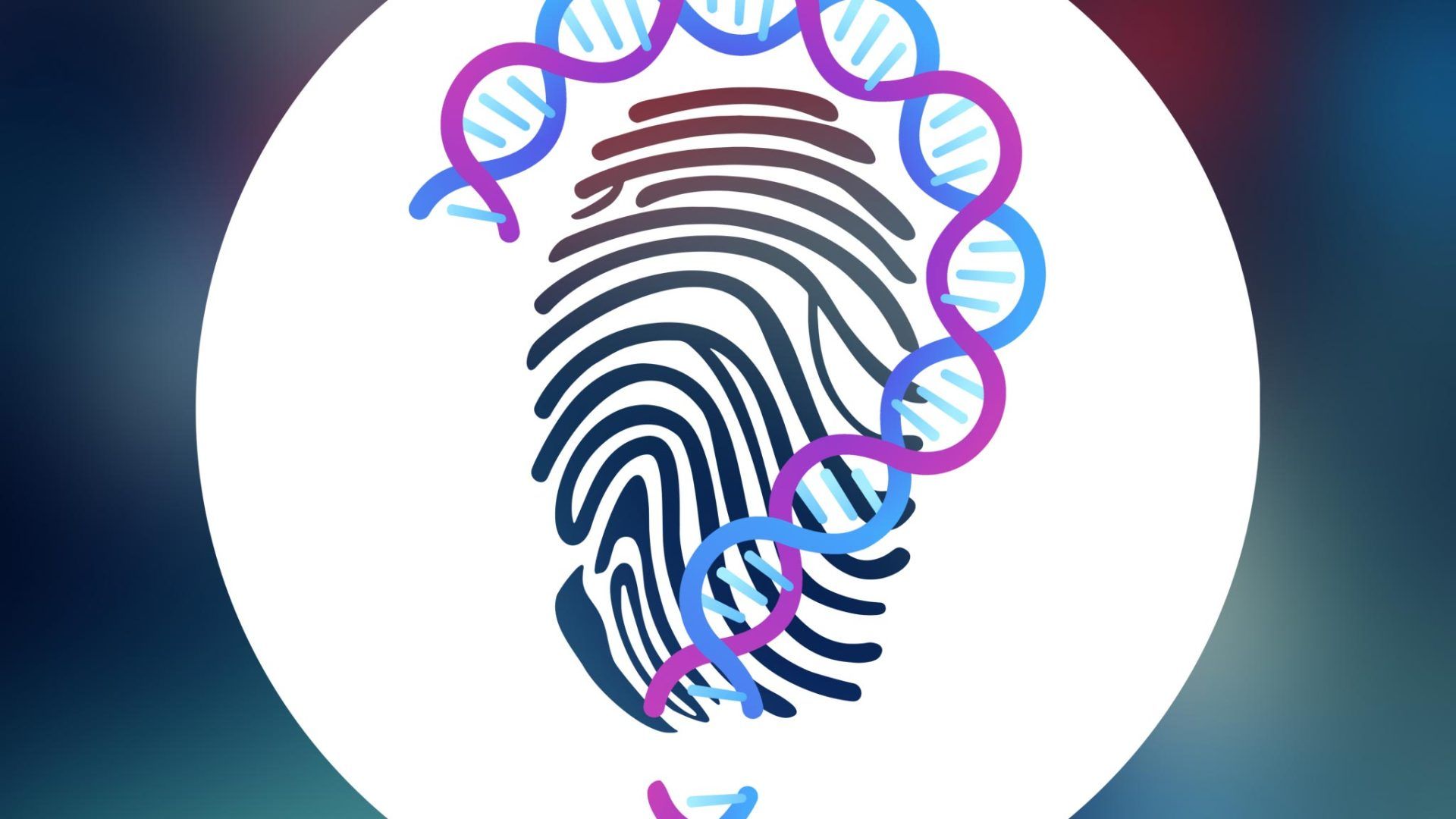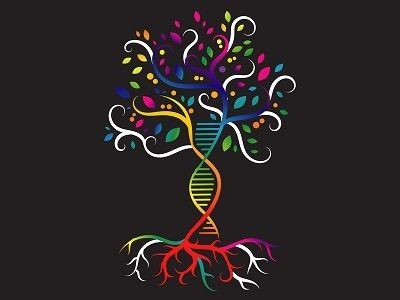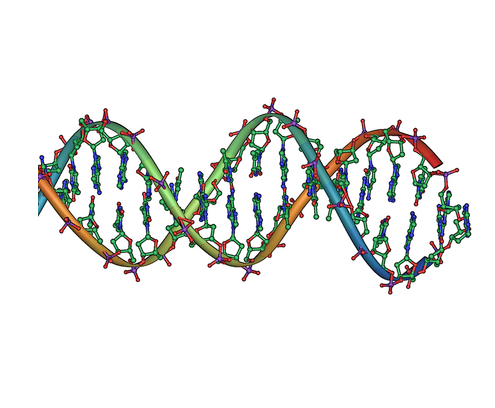DNA Exonerates Man Convicted on Bite-Mark Evidence, 33 Years Later
Source
Forensic Magazine

Keith Allen Harward spent 33 years in prison due to a conviction for rape and murder, based on bite-mark evidence.
Harward, however, was declared innocent by the Virginia Supreme Court on Thursday – and he walked out of Nottoway Correctional Center less than 24 hours later. He choked back tears as he recounted how his deceased parents never got to see him as a free man.
"I'll never get that back,” Harward told a crowd.
The DNA evidence from the crime scene, retested with modern methods, recently excluded Harward as the rapist and killer – and instead matched an inmate who died in an Ohio prison in 2006.The writ of actual innocence completely cleared Harward of the murder of Jesse Perron and the rape of the man’s wife in Newport News in 1982.
“After conducting its own evaluation of the facts, including the results of the biological testing, the Commonwealth agrees no reasonable trier of fact would have convicted Harward of the murder, rape, forcible sodomy and robbery had this new scientific evidence been available at the time his trial, and affirmatively joins in Harward’s request for relief,” the judges ruled. “The Director of the Department of Corrections is ordered to release Harward from custody imposed by these convictions forthwith.”
Harward was locked up in 1983, after being convicted of the four criminal counts. Harward had been a sailor on the U.S.S. Carl Vinson
at the time. Even though he was 26 and had a moustache (an eyewitness description pegged the killer as 19 or 20 and clean-shaven), he was convicted based on bite marks on the surviving woman’s legs. Two forensic odontologists told the jury the marks conclusively came from Harward.
Years of appeals failed. However, the Innocence Project got approval for the latest DNA testing of evidence from the crime scene.
The DNA profile turned up a person from the national DNA databank: Jerry L. Crotty, who died in an Ohio prison in 2006. Crotty had also been a sailor aboard the U.S.S. Carl Vinson.
Prosecutors then pushed for Harward’s quick release.
“This is wonderful news and it’s great to know that Mr. Hayward will soon be reunited with his family,” said Mark R. Herring, the Virginia Attorney General, in a statement. “It’s just heartbreaking to think that more than half of his life was spent behind bars when he didn’t belong there. The Commonwealth can’t give him back those years, but we can say that we got it wrong, that we’re sorry, and that we’re working to make it right.”
Harward initially faced the death penalty, but his capital murder conviction was overturned in 1985, said Olga Akselrod, an Innocence Project attorney.
"The fact that this case involved an innocent man who faced the death penalty should terrify everyone, not just in the state of Virginia but also in the 31 other states that still have the death penalty," Akselrod said. The Associated Press contributed to this report.









